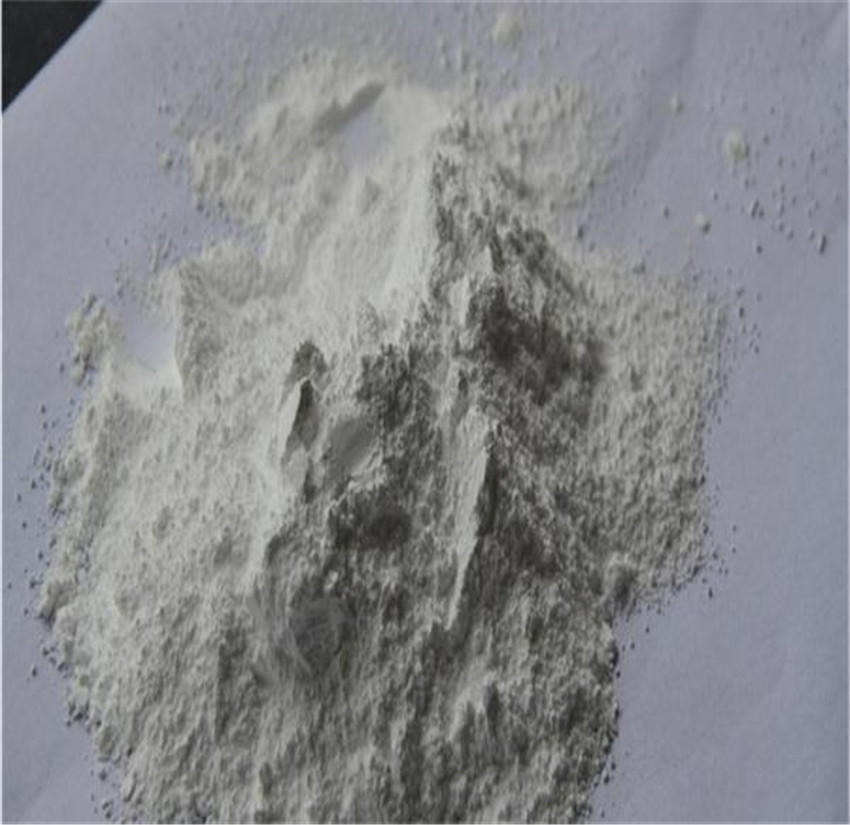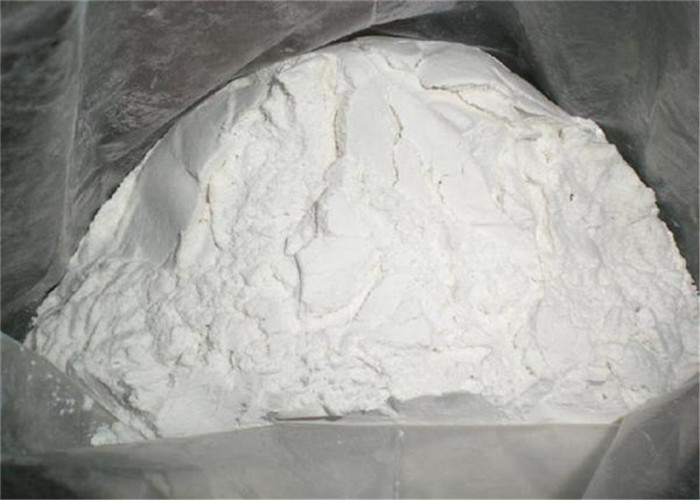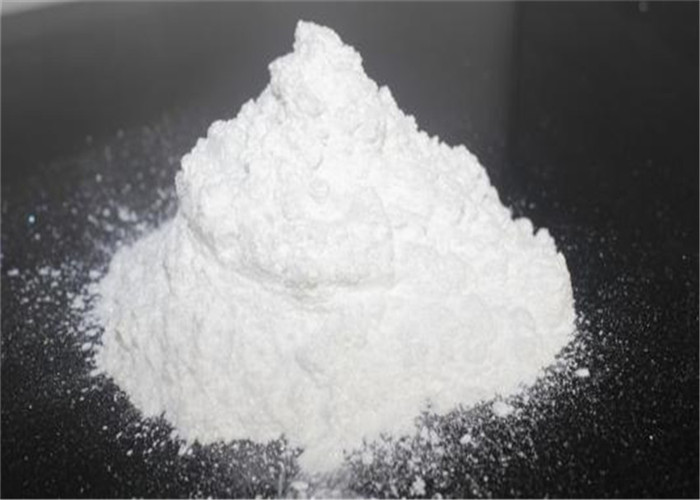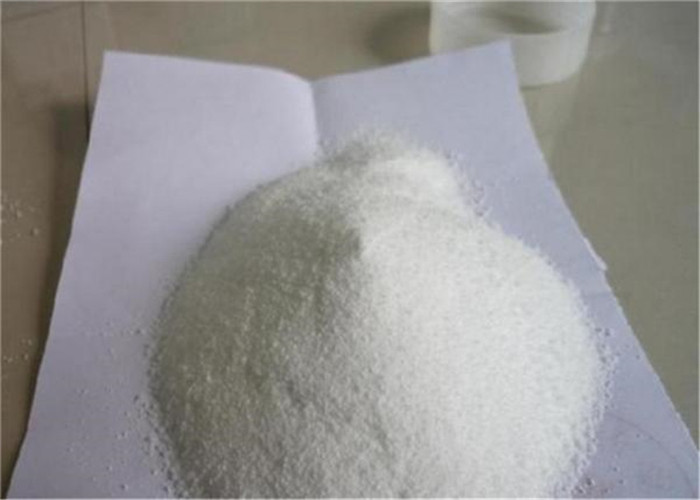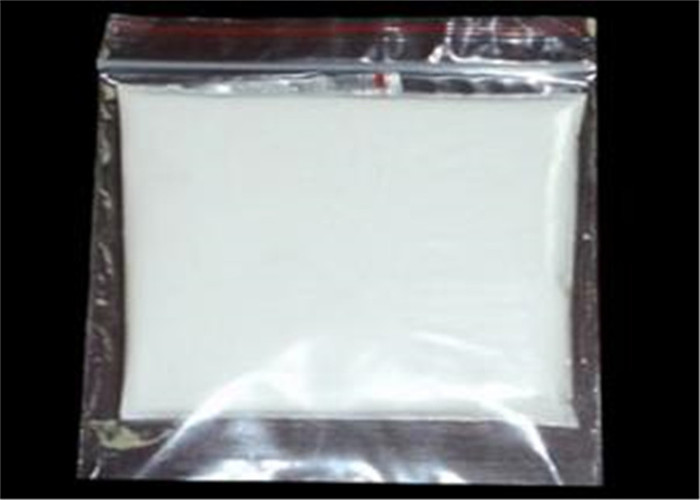Cognitive Enhancer Nootropic White Powder Sunifiram As Effective Anti-Amnesiac Drug For Brain Nootropics
Quick detail
Product name: Sunifiram
CAS: 314728-85-3
Appearance: white powder
purity: 99%
Trademark: Pharmlab
Original: China
Grade: Pharmaceutical grade
Package: Disguised package ; Foil bag
Delivery date: 3-5 work days
Certificate: ISO 9001, USP,GMP
Payment: Western Union, MoneyGram, T/T, bitcoin
Shipping: EMS,HKEMS,EUB,ETK,FEDEX,DHL,UPS,Aramex,ETC
Policy: Re-Shipping Policy
MW: 246.31176
Store at:Room temperature
Abstract
Sunifiram is one of the newest nootropics on the market to smart drugs family. It is considered to be in the ampakine family of supplements. It increases one’s attention span, decision making, and learning abilities. Although it is believed to work much like Piracetam, it is highly potent in comparison. The structure is similar, but some have reported Sunifiram being 1000 times more potent. In terms of its potency, it’s comparable to Noopept.
It is being researched as a memory enhancer, potentially treating Alzheimer’s patients. It provides a wide variety of benefits including; increased attention span, improved focus, and increased learning potential. It has become very popular since its release, as the benefits are high and the side-effects are low.
Description
Sunifiram (DM-235) is a synthetic derivative of Piracetam, although due to breaking the pyrrolidone backbone it is no longer in the Racetam class of drugs (yet by being derived from them, it is still commonly associated with this class).
Sunifiram has mechanisms similar to Nefiracetam in the hippocampus, and similar to that drug sunifiram shows anti-amnesiac properties and is potentially a cognitive enhancer. Its anti-amnesiac activity is several orders of magnitude greater than piracetam on a per weight basis, and preliminary evidence suggest it has a similarly low toxicity profile.
This compound is known as an AMPAkine due to exerting most of its actions via the AMPA receptor (one of the three main subsets of glutamate receptors, alongside NDMA and kainate). This enhancement of AMPA function seems to also rely on enhancing signalling via the Glycine binding site of NMDA receptors, although one minimal signalling goes through the NMDA receptor then the benefits on AMPA receptors seem dose-dependent.

